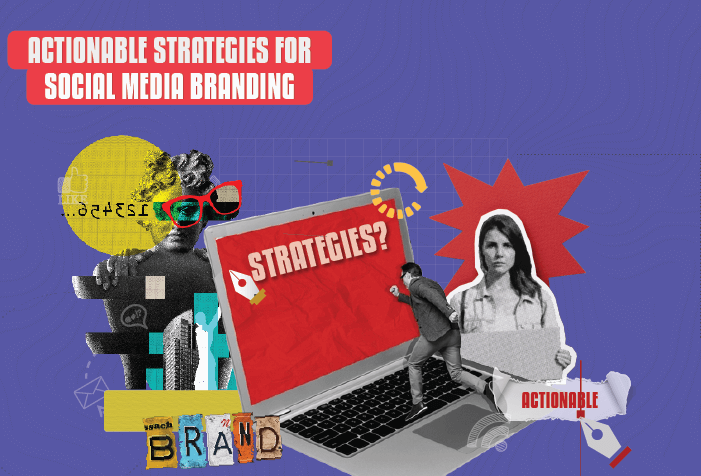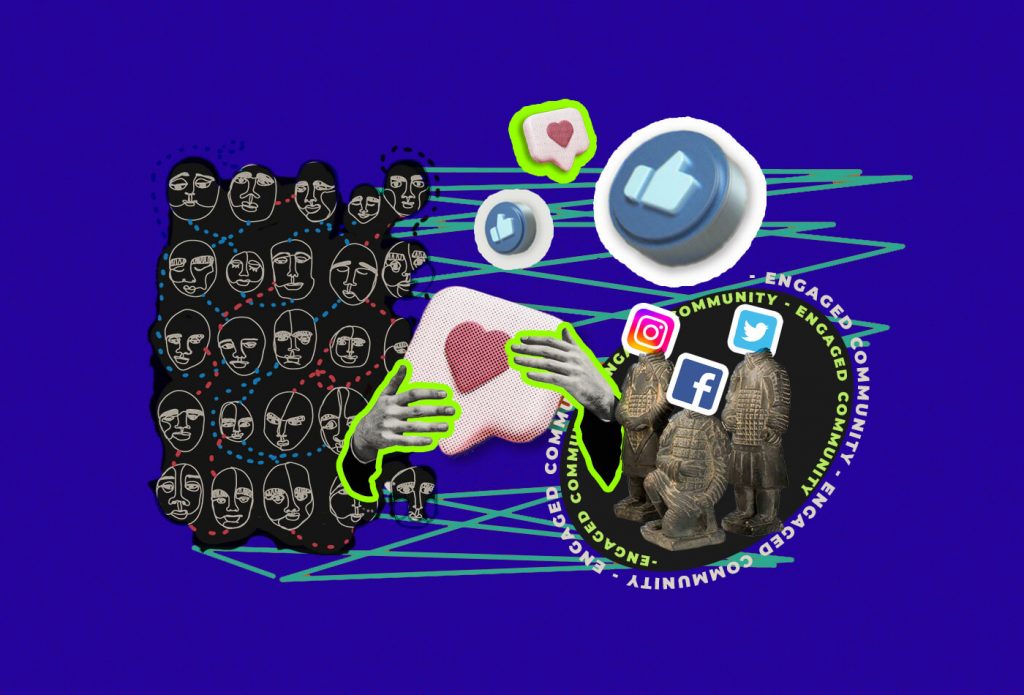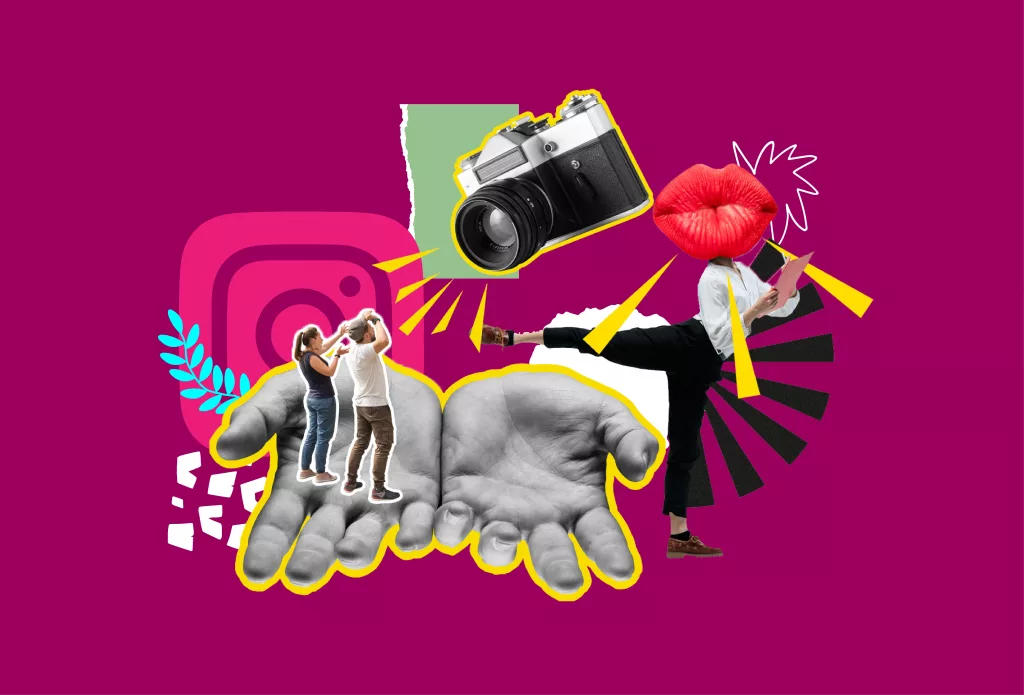Whenever do you think about marketing strategies what comes to your mind? 4P’s, 5C’s, SWOT? If you are pursuing a course in marketing you might be tired of the same strategies being applied over and over again for different situations. Going back to the basics is essential no doubt but have you ever tried to do things differently? Think a bit differently?
Have you ever thought of using your already existing customers to get in more customers? If you just thought No, well we at Buffalo Soldiers assure you that this article would make you think differently!
The Social IMC Strategy:
Social IMC (Integrated Marketing Communications) strategy is one of the most powerful strategies in marketing. Integrated marketing communication involves creating a platform that enables consumers to interact directly with the brand. Social IMC provides one of the highest levels of engagements you can reach with your customers that keeps them coming back for more. Sounds like a marketing manager’s dream doesn’t it? It transforms these highly engaged customers into a virtual community. The members of this virtual community are so engaged with your product or service that they consider you an expert in your specific industry and are ready to buy and even endorse your new products!
But how do you go about creating this Virtual Community?
For your social IMC to be successful you need the concept to be unique so that people keep coming back and they don’t get the same customer experience anywhere else. Having high levels of engagement entices members to continue building long-term relationships with your company.
For you to achieve this empowering concept, you need to be very clear about the mission of your community. What “purpose” do your consumers have? Do they have a few basic expectations before join the community?
Keep them coming back!
Here comes the most crucial factor. How do you create a highly engaging marketing Campaign? The most common way to do it is to offer an exclusive community offering only to people who are members of the community. Since they are already loyal to you, though their opinions and conversations you can get an idea of what they value in your company the most and market that to the world. They help you identify your strengths. Don’t try to sell especially not within the community. Keep it natural and offer your product as an exciting opportunity for them to try out.
One of the most successful ways to engage customers is through gamification. Yes, gamification. Most of us hear this might be thinking what has games to do with all this? Here we are talking about the psychological factors that associate with gaming. Once you understand the thought and mechanisms that go into making a game you will realize the power of games. Games have the ability to make 2 hours seem like a few minutes due to their highly engaging nature. What kind of games are you going to design? If you are planning to create a game revolving around you or your company, bad choice. You’ll be selling and would cause people to drop out of the community that you built.
Involve interesting rules and an exciting reward system to see people swarm in with excitement and energized focus in the activity. For starters, a reward in the form of an exclusive offer can be made the reward of the game instead of just handing out offers. Make it more exciting!
But be careful about what you decide to reward. People love free stuff. Google pay leverages this factor. They draw in people by the possibility of them winning money over scratch cards. Even if rewards are as less as Rs.7, a reward is a reward. Small companies cannot afford to give out rewards they need to search for a different approach. But remember once the free stuff is gone so are the people.
Another thing to be kept in mind is that everyone loves power. A status that they can show other people. Award badges to the people who clear levels and keep publishing Leaderboards to show who is closer to winning the reward, after they clear every round maybe. Enable social interaction and sharing so that you can make the customers feel that they are a part of something big.
Let us look at a few examples of how tapping into the reward system helped change the behavior of people:
Let’s take a look at the Forest App. You manage to stay focused you plant a tree. Initially, you earn virtual trees, but after you create a virtual forest, you earn virtual currency to purchase real trees. As a reward, you not only worked towards self-improvement but you are rewarded by the feel-good factor that you did something good.
Have you heard about the fun theory concept? Kevin Richardson came up with the idea that involves the Speed camera lottery. They put a camera and a lottery grid at a particular intersection which got the highest speed offenses. Anyone going under the speed limit automatically entered into a lottery to win money from people who crossed the speeding limit. The results? Speeding offenses dropped by 65%.
Nike Plus and a lot of health bands follow the reward system through Leaderboards. Even if you slack off for a few days and don’t meet your targets, seeing other people going ahead of you will keep you back on track! The app Mission Alarm clock got kids to wake up early by playing games!
One of the most successful campaigns was the- “You be the coach” campaign by Carling Black Label in South Africa. All you do is text the code on the bottle cap to the number provided, choose the team you would like to coach, select the player that you want to play in the match. You can also make live substitutions by sitting at home via SMS. You also get a chance to win tickets to the game. With over 11 million entries you can imagine the kind of revenue the company generated. People had a chance to make an impact in the game through their choices. It gave them power. It rewarded them. They were a part of something big. They joined online groups. The company’s twitter followers increased. This is the power of Social IMC.
If you want further examples of Social IMC strategies you can go to the following links:
Courses on Social IMC strategy: https://www.coursera.org/lecture/social-imc/social-imc-strategy-y1cSh





